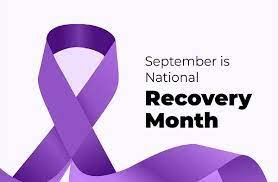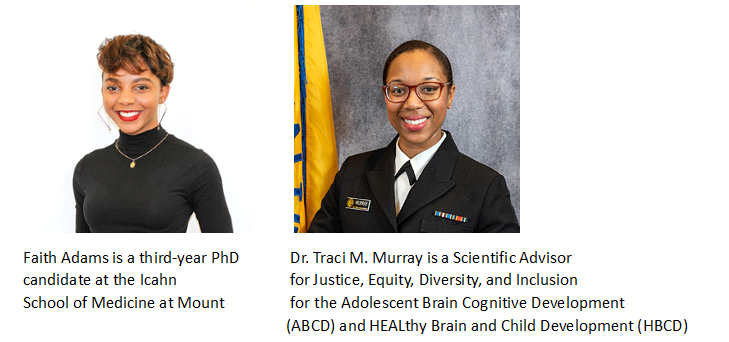By: Kisha Freed, Success Coach, Six Seconds Certified EI Practitioner/Assessor, Mindfulness Meditation Instructor Mark Sanders, Licensed Clinical Social Worker, Certified Substance Use Disorders Counselor. Photo credit: Delmaine Donson
The first article of this series establishes the contextual framework that we build upon in this discussion—especially regarding the historical significance of spirituality for enslaved Africans in America, the cultural importance of community and spirituality for African Americans, and the effectiveness of spirituality as an instrument of self-connection for African Americans engaging in mental health and substance use recovery services.
In this installment, we explore various methods for integrating spirituality and counseling for African American clients in recovery and fostering a connection of trust and care in therapist-client relationships.
Kisha: Mark, you have a lot of first-hand experience with spiritually integrated therapy. What advice can you give to providers who are interested in offering spiritually integrated services for African American clients?
Mark: My approach to integrating spirituality and counseling begins by asking clients a series of questions so I can better understand their perspectives, their needs, and what's culturally or spiritually important to them:
1. What are your sources of comfort, strength, peace, love, joy, and connection?
2. What do you hold on to or what gives you strength during difficult times?
3. When you experience racism, discrimination, or oppression as an African American, what sustains you and keeps you going?
4. Do you believe there are differences between religion and spirituality? If yes, what are those differences?
5. Are you a part of a religious or spiritual community?
6. Did your parents follow any specific religion or spiritual belief system? If yes, what were their views? Do you believe their beliefs influenced their response to experiences of racism, oppression, and other life challenges?
7. Have you kept the same religion or spiritual beliefs you were raised with (if any), adopted new beliefs, or integrated new beliefs with those you were taught as a child?
8. Which aspects of your religion are helpful to you (if any)? Which do you find challenging or not so helpful (if any)?
9. Have challenges caused by mental illness or substance use changed the manner or modality through which you express your spirituality? If yes, how?
10. Many African Americans celebrate and/or share their spirituality through artistic expression (e.g., music, poetry, painting, dancing, rap, drama, creative writing, etc.) How do you celebrate and/or share your spirituality (if at all)?
11. Are you interested in pursuing any creative expressions of spirituality and/or art therapy in your recovery?
12. As a counselor, is there anything I can do to help you access resources so you can stay connected with your spirituality and/or support a burgeoning sense of spiritually or artistic expression on your recovery journey?
Kisha: These are some powerful questions–they invite the client to review how the past has affected their present and they provide an opportunity for clients to openly discuss both secular and spiritual motivations within the scope of self-empowerment. This approach has been known to speed recovery by compounding clients' desires to address the problem. By using open-ended questions, you are creating a space for the client to exercise self-agency and get in touch with themselves as the author of their life. It might be a bit uncomfortable at first, but the discussion can help them ease into a mindset of personal responsibility.
How has integrating spirituality with counseling impacted your clients, and how has it changed your practice on a larger scale? Click here to continue reading.



























